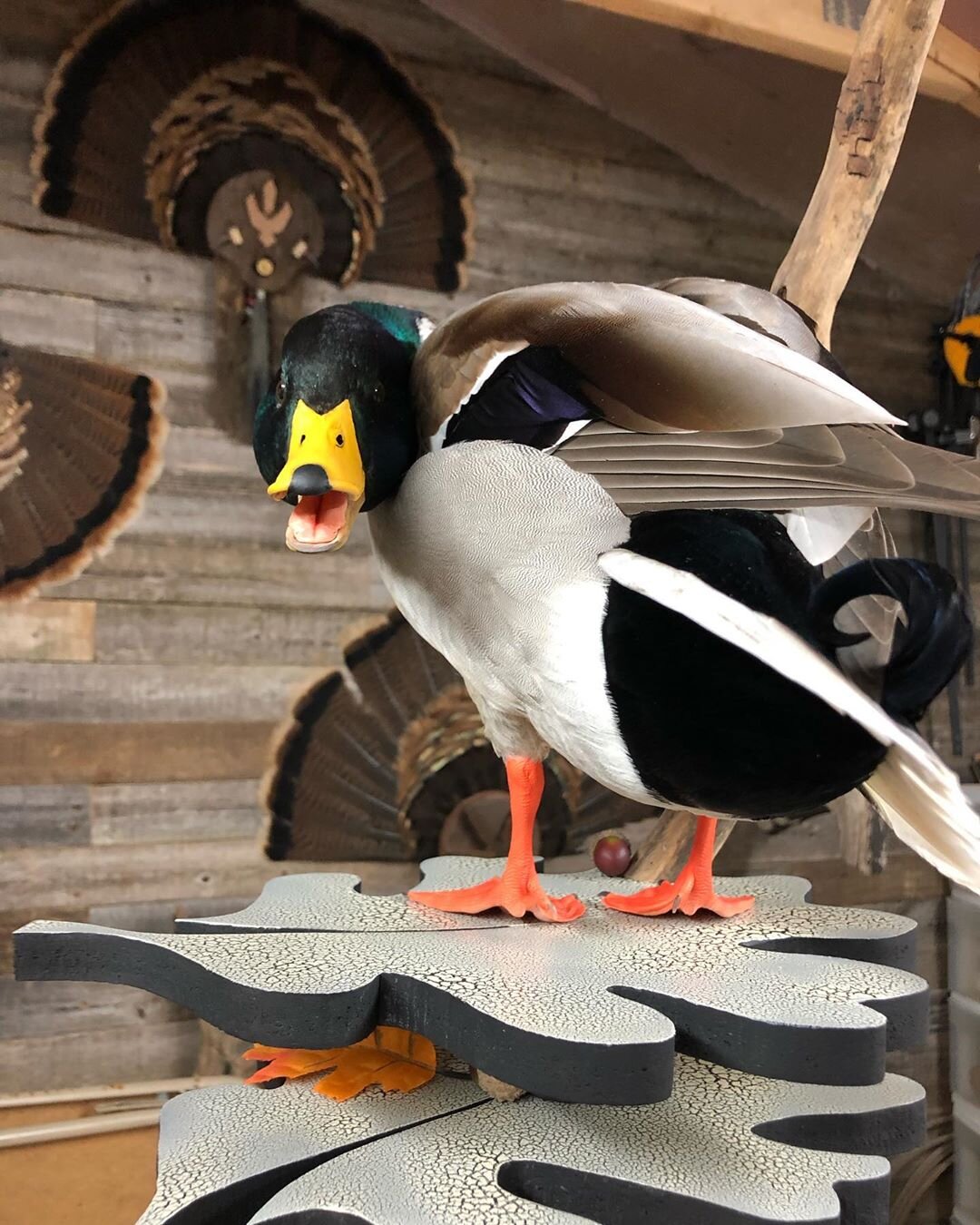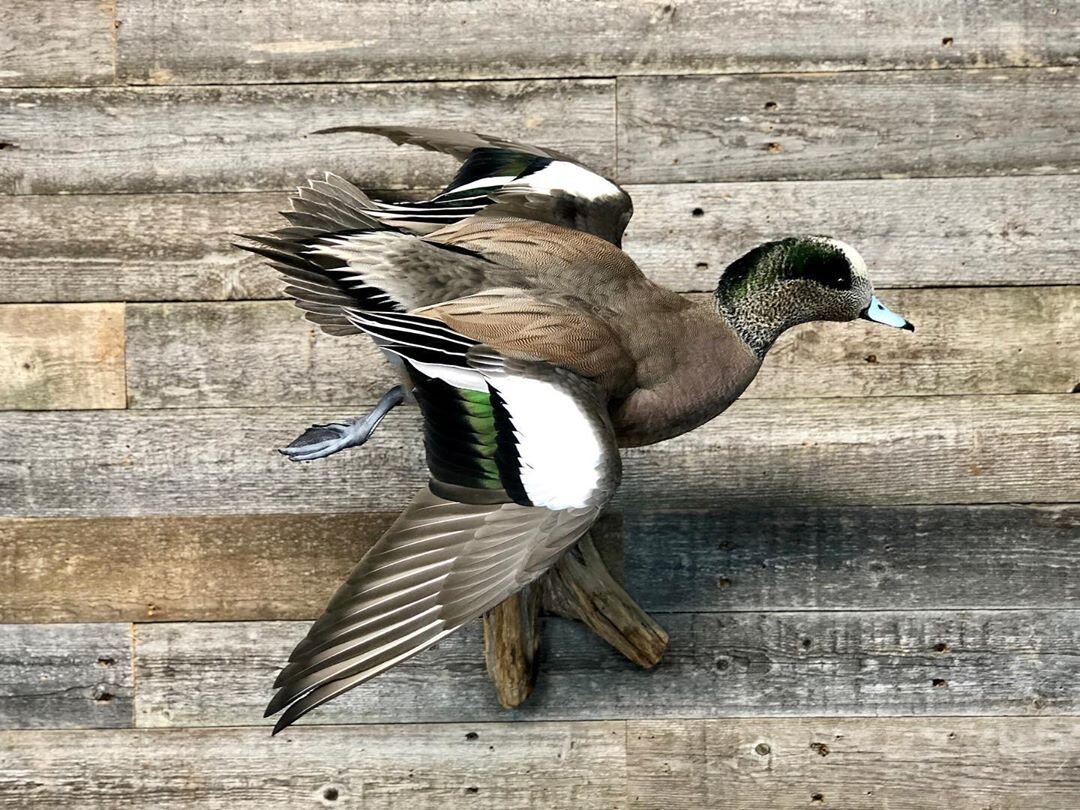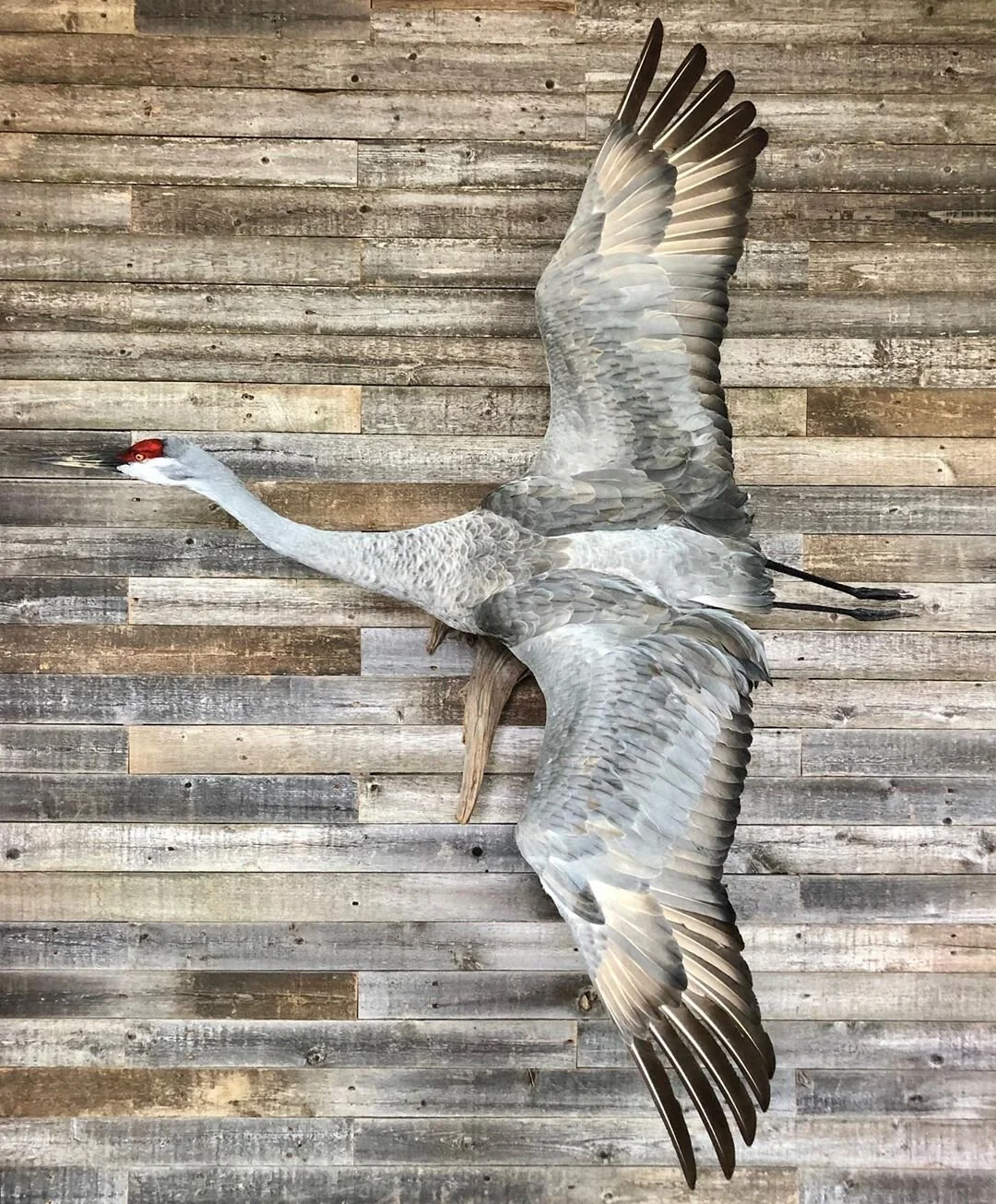Waterfowl Taxidermy Prep Tips
Geron Cottam of Final Refuge Taxidermy for SPLIT REED
Outlined below are a few helpful tips on how to choose and prepare your trophy bird for your waterfowl taxidermist!
Step 1 - Choosing your trophy specimen
A trophy may be defined differently by each individual hunter. Harvesting a "first" of some kind, a milestone bird, or a late-season, fully mature bird may be defined as trophies for example. Once in hand, it is a good idea to observe the condition of the bird and make mental notes of obvious damage, notable features, or unique characteristics.
Birds that have significant wing damage for example, may not be a good candidate for a flying pose if you do not want to look at missing or damaged primary or secondary feathers on your wall. Often, birds with visible wing damage or missing back feathers, etc. may be a fine candidate for standing or lying poses.
Step 2 - Field care
After deciding to keep a trophy bird to have mounted, it is a good idea to separate that bird from the rest of your harvest and give it special treatment. Setting it aside, keeping it dry, and allowing it to naturally cool is helpful. *DO NOT put your trophy in pantyhose! If you would like to transport your birds home in a kitchen trash sack, ziplock bag, toolbox, etc. that is a good idea.
Step 3 - Freezer care
For the best care and results, wrap your bird's head/bill and all of the skin on the feet and legs with water-soaked paper towels. Tuck the head of the bird either under the wing, beside the body or lay over the back. Do not allow birds to freeze with the neck extended as to not accidentally break the head and neck completely off. Place the bird in either freezer strength ziplock bags or kitchen trash sacks with the air rolled out of the bags (two bags are better than one).
Step 4 - Legal requirements
Waterfowl taxidermists are required by law to keep a log with customer and harvest information for customer's birds. To ensure accurate information is shared with your taxidermist and for the ease of the check-in process, it is a good idea to label your package prior to placing in the freezer with the species, harvest date, location, and hunting license number.
Bonus step
If you have a preference for how you would like your bird mounted, it may be helpful to bring a reference photo of the preferred pose and share that photo with your taxidermist.








